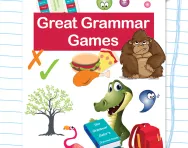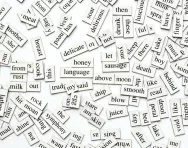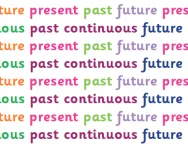Important update from TheSchoolRun
For the past 13 years, TheSchoolRun has been run by a small team of mums working from home, dedicated to providing quality educational resources to primary school parents. Unfortunately, rising supplier costs and falling revenue have made it impossible for us to continue operating, and we’ve had to make the difficult decision to close. The good news: We’ve arranged for another educational provider to take over many of our resources. These will be hosted on a new portal, where the content will be updated and expanded to support your child’s learning.
What this means for subscribers:
- Your subscription is still active, and for now, you can keep using the website as normal — just log in with your usual details to access all our articles and resources*.
- In a few months, all resources will move to the new portal. You’ll continue to have access there until your subscription ends. We’ll send you full details nearer the time.
- As a thank you for your support, we’ll also be sending you 16 primary school eBooks (worth £108.84) to download and keep.
A few changes to be aware of:
- The Learning Journey weekly email has ended, but your child’s plan will still be updated on your dashboard each Monday. Just log in to see the recommended worksheets.
- The 11+ weekly emails have now ended. We sent you all the remaining emails in the series at the end of March — please check your inbox (and spam folder) if you haven’t seen them. You can also follow the full programme here: 11+ Learning Journey.
If you have any questions, please contact us at enquiries@theschoolrun.com. Thank you for being part of our journey it’s been a privilege to support your family’s learning.
*If you need to reset your password, it will still work as usual. Please check your spam folder if the reset email doesn’t appear in your inbox.
What is the subjunctive?

What is the subjunctive?
The subjunctive is a verb form or mood used to express things that could or should happen. It is used to express wishes, hopes, commands, demands or suggestions. For example:
The subjunctive is the same as the (indicative) verbs we use in almost every case, but it is different in the third person singular and when using the verb to be. For the subjunctive we remove the final s at the end of the verb, so
I request that he write to her (instead of he writes to her)
and in the subjunctive we use the forms I were and they be, so
I wish I were able to fly (instead of I was)
She asked that they be told immediately (instead of they were told).
The subjunctive isn't used in English very often. Nowadays it is usually replaced by modal verbs like might, could or should, but it does survive in traditional expressions like 'come what may', 'perish the thought' or 'God save the Queen'.
What are children taught about the subjunctive at primary school?
Children are not taught the subjunctive until Year 6. In order to be able to recognise it they might look at a list of verbs and expressions that use the subjunctive, for example:
- to advise
- to ask
- to demand
- to insist
- to recommend
- to suggest
- It is best
- It is important
- It is vital
- It is a good / bad idea


Download Fantastic FREE Grammar Resources!
- Perfect Punctuation Workbook
- Great Grammar Games Pack
- PLUS 100s of other grammar resources
What subjunctive questions might children be asked in the KS2 SPAG test?
The subjunctive may appear in the Year 6 Grammar, Punctuation and Spelling test. For example, with a question similar to the following:
Answer: were
How will the subjunctive be taught in the classroom?
Teachers might help children to learn about the subjunctive in the following ways:
- Asking them to underline sentences containing the subjunctive in a text.
- Asking them to write sentences based on a particular situation, for example: Write a sentence, using the subjunctive, that expresses what you want to have for lunch.
- Giving them various sentences in the present and future tense and asking them to convert them to the subjunctive.









